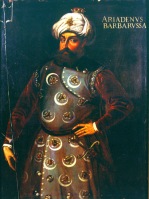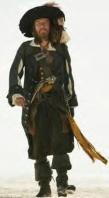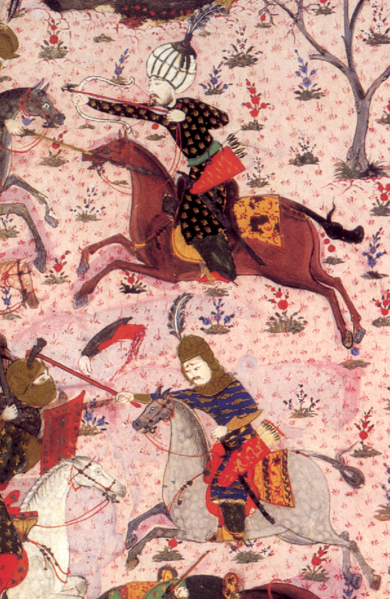Pirates of the Caribbean, was award winning movie by Disney pictures, made its mark into the film history by either its atmosphere and characters. And a character Hector Barbossa (Geoffrey Rush) appears as one of the fictional characters in the movie and it exactly matches “the pirate image” on our minds.
Have you ever wondered where that usual pirate image come from?
Answer is mostly the mediterranean pirates. In the history, they varied from mediterranean nationalities like Spanish, Venetian, Genoese …etc. But they always wear eyepatches or wooden legs with an implemented hook in their hands.
Considering his name “Barbossa”, one can easily realize that it is a known italian word “Barbarossa” (RedBeard) who belongs to only one person in the history: Admiral Barbarossa Hayreddin Pasha.
His name was originally “Hızır” and born in the 1470s on the island of Midilli (Lesbos) to their Muslim Turkish father, Yakup, and his Christian Greek wife Katerina. He was grown up with his 3 brothers: Oruc, İlyas, İshak. All four brothers became seamen, engaged in marine affairs and international sea trade. The first brother to become involved in seamanship was Oruç, who was joined by his brother Ilyas. Later, obtaining his own ship, Hızır also began his career at sea. The brothers initially worked as sailors, but then turned privateers in the Mediterranean to counteract the privateering of the Knights of St. John of the Island of Rhodes.
The fame of Oruç Reis with his brothers increased when between 1504 and 1510 he transported Muslim Mudejars from Christian Spain to North Africa. His efforts of helping the Muslims of Spain in need and transporting them to safer lands earned him the honorific name Baba Oruç (Father Aruj), which eventually – due the similarity in sound – evolved in Spain, France and Italy into Barbarossa (meaning Redbeard in Italian).
In May 1518, Emperor Charles V arrived at Oran and was received at the port by Sheikh Buhammud and the Spanish governor of the city, Diego de Cordoba, marquess of Comares, who commanded a force of 10,000 Spanish soldiers. Joined by thousands of local Bedouins, the Spaniards marched overland towards Tlemcen. Oruç Reis and Ishak awaited them in the city with 1,500 Turkish and 5,000 Moorish soldiers. They defended Tlemcen for 20 days, but were eventually killed in combat by the forces of Garcia de Tineo. Hızır was wounded by his arm during the battle. After that battle, he replaced his wounded arm with an implemented hook and inherited his brother’s place, his name (Barbarossa) and his mission.
In his developing career, Hızır became the most famous Ottoman Admiral and conquered Algeria. Barbarossa Hayreddin Pasha defeats the Holy League of Charles V under the command of Andrea Doria at the Battle of Preveza in 1538.
All the historical facts are acquired by his personal sea logs and his masterpiece “Gazavat-ı Hayreddin Pasha”.




